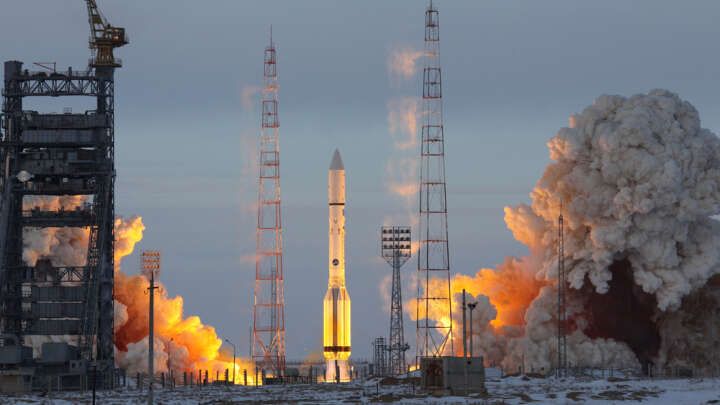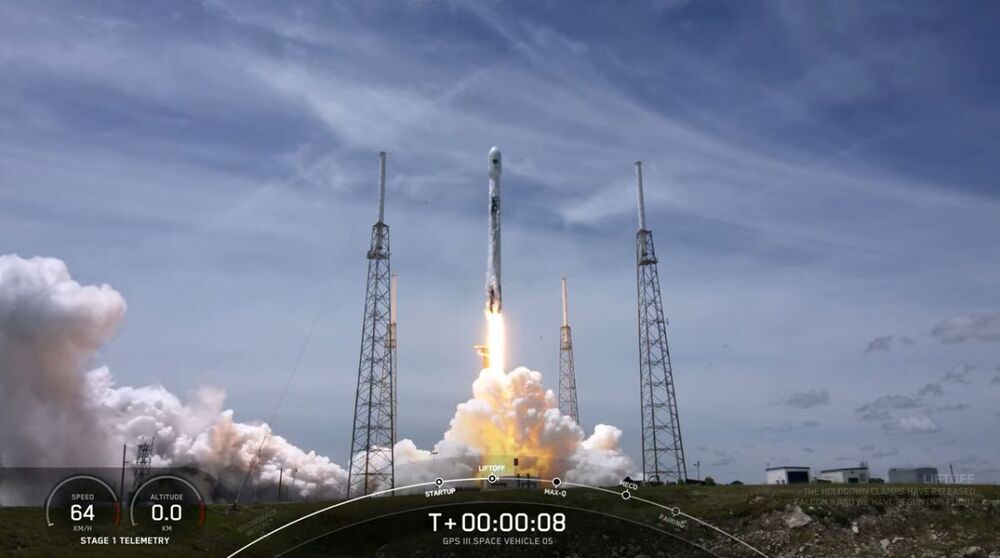The U.S. Space Development Agency has five satellites riding on SpaceX’s Transporter-2 mission scheduled to launch June 25.
WASHINGTON — The U.S. Space Development Agency has five satellites riding on SpaceX’s Transporter-2 rideshare mission scheduled to launch June 25.
“There’s nothing in the space business that gets your blood pumping like the idea of a launch, especially if you’ve got multiple satellites,” a senior Space Development Agency (SDA) official told reporters June 22. “We’re really excited about what’s going to happen.”
Transporter-2 is expected to carry as many as 88 small satellites from commercial and government customers to a sun synchronous polar orbit. SDA’s five payloads include two pairs of satellites to demonstrate laser communications links, and one to demonstrate how data can be processed and analyzed autonomously aboard a satellite.








